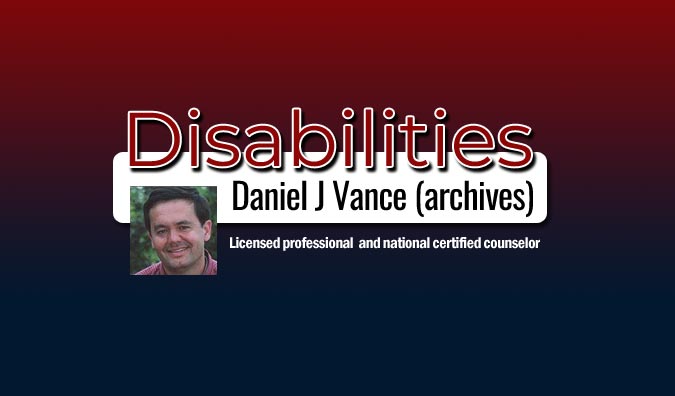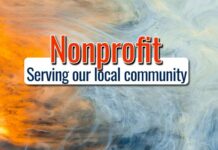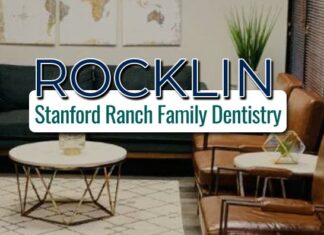When Philip Yurek, of Carmel, Indiana, was age one, he became sick and for several days was hospitalized in intensive care. Two months later, his mother became deeply concerned.
“It seemed as if Philip wasn’t able to hear me,” said mother Kim Yurek in a telephone interview. Eventually, she took her son to an audiologist, who confirmed severe hearing loss. “By then, I knew he couldn’t hear. But when getting the final diagnosis, I was surprised how upset I was. The hearing loss was worse than I’d thought. For a few days, I was really sad at what he wouldn’t hear, because my husband and I like music. It was like having a death in the family.”
Since then, her attitude has changed greatly. Now 10, Philip attends Indiana School for the Deaf as a day student and wears hearing aids to capture some sounds. He is “a very sweet, happy” boy, she said.
“We (as a family) are continuing to learn sign language, and the more I learn about it, the more I realize how much we don’t know,” she said, referring also to her husband and four other children. “Sign language is very in-depth. People who say it’s not difficult don’t really know or have only a cursory understanding. It has many subtleties and nuances. As with any language, you can use the same sign (or word) in the same way and it can mean different things depending on context. Facial expression is very important. A raised eyebrow or what you do with your tongue or lips, for instance, can change the whole meaning of a sentence.”
She said American Sign Language (ASL) is considerably different from signed English. American Sign Language has unique grammar rules along with the facial expressions.
“I’ve found that (deaf) people here (in Indiana) are very open and accepting because we sign and do our best learning to sign,” she said. “We are open to their culture and therefore they are welcoming and very patient. However, if I wanted my son to be in the hearing culture instead, which they would call ‘denying his deafness,’ they probably wouldn’t have much regard for me because, in their eyes, I wasn’t showing much regard for their culture.”
She had praise for ASL itself, using words including “fascinating,” “beautiful,” and “linguistically interesting” to describe it. “It’s like art,” she said. “The whole body is involved.”
(21+ years strong)
Welcome to the brighter side!
Get in front of local customers! 24/7 (365)





















